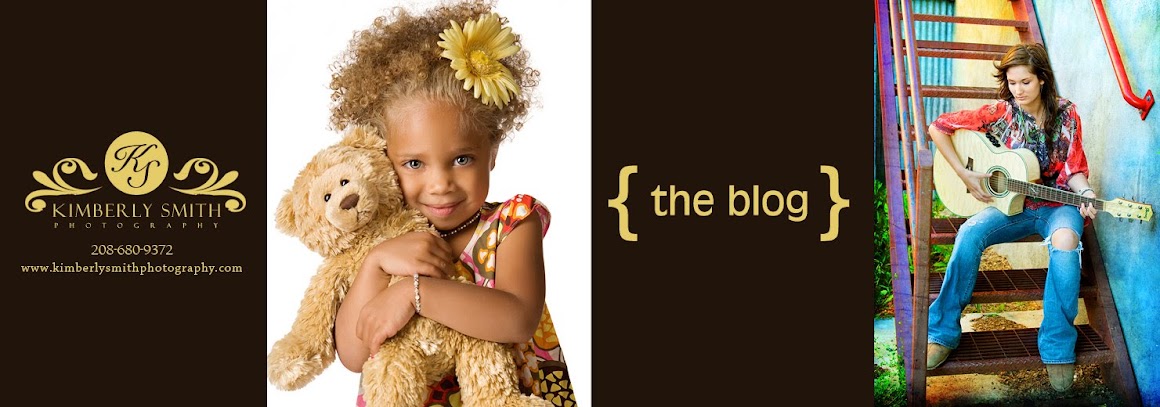Do you have a camera and get frustrated that your pictures don't turn out like you'd like?
Well guess what?...
This year I have decided to do a "Tips & Tricks Thursday" every week to help you learn your camera better. These tips can be applied with any camera, but especially ones that you are able to change settings manually. If you have a specific item you want to learn about feel free to send me an e-mail or leave a comment on this Blog and I will make sure to include what you want to learn in one of the "Tips & Tricks" lessons. I will be teaching you how aperture (or often referred to as "f-stops"), shutter speed, ISO, white balance and focal points all work together to create better images. The most important thing for you is to take what I teach and go try it and "play" with your camera until you get it down. I also would love to have you post your images on my Facebook page where I can give you additional advice on how to make the image better or answer any questions. Please post your images to:
These lessons are for beginners, amateurs and even those who know their camera really well. You never know what you might learn that you didn't know before!
Lesson 1: Learning your camera
Part A: Auto Settings
One of the most important parts to getting an amazing image is knowing how to work your camera. When you leave your camera in "auto" mode you are allowing your camera to "guess" at everything- the lighting, the shutter speeds, the focal points, the white balance, etc. That is why, when shooting in auto, you get some images that turn out great and others turn out horrible. If you want more consistent images you need to learn how to "tell your camera" what you "see". Every camera, whether it is a point and shoot or a dslr, allows you to change settings so that your camera can "see" correctly. Today we will address the different "auto" settings and explain how they work. Next week we will address semi-automatic modes and the third week we will start into the manual mode.
Every camera has setting options, whether it is in your menu or on a dial. This is an image of a typical dial.
Everything to the right of the image is "auto" settings and everything to the left is semi-auto and manual. So lets talk about the settings on the right.
The first setting (highlighted in green) is Auto mode.
By selecting this setting you are allowing the camera to make best use of the aperture, shutter speed, ISO, focus and the flash. SO basically you are allowing the camera to "guess" what type of shot you want. This can result in a hit-or-miss image. Sometimes the camera may "guess" right on, but more often than not the camera screws up and your image is not what you were wanting.
The second setting is Portrait mode.
The camera will adjust itself to a large aperture (or f-stop, usually a small number) so that the background remains out of focus and your subject is the focus. You can get beautiful portrait shots when you stand close to or zoom in on the subject before taking the shot. Your camera is still "guessing" but it tends to give you an image where the subject is more center of attention.
The third setting is Landscape mode.
This is great if you want to cover a large area in the shot, mainly landscape images. In this mode, the camera selects a small aperture (f-stop, usually a large number) in order to capture a large scene that is all in focus. It is best to use a tripod if possible to make sure the photo is not shaken or blurred, especially if the lighting is low.
The fourth setting is the Macro mode.
This mode works best when you want to move in closer and take shots of flowers, insects or tiny objects. Focusing is harder in macro mode as the depth of field is very narrow at short distances. This mode does tend to have a smaller shutter speed so a tripod may be useful in order to not blur the image.
The fifth setting is the Sports mode.
In some of the cameras, this mode is also known as ‘action mode’ as capturing sports mostly means taking pictures when the subject is in action or is moving. The shutter speed is fast on this mode which allows for the camera to "freeze" the subject while in action.
The sixth and seventh settings are the Night modes.
Your camera uses a longer shutter speed (meaning the shutter stays open longer) in order to capture details of the scene when light is low. A flash is usually used in this mode to allow more light on your subject. While it is better to use flash in the dark, taking pictures without the flash also brings out good shots and makes for interesting images. A tripod is highly recommended for this type of image. When the shutter stays open longer any movement on your part will blur the image resulting in a poorly focused image. The mode with the body and star allows your camera to light up the subject with a flash and focuses on the subject.
Challenge:
So now that I've explained all the "auto" modes my challenge to you is to go try them all for what they are specifically suppose to do. Try an action shot on a moving subject. Try a night shot using a tripod. Try portrait shot and see how it blurs the background (referred to as depth of field). Just go play with all the different auto modes and get familiar with them more. Post your images on my Facebook page! I'd love to see what you capture. Now go have fun! :)




2 comments:
I'm very glad you are doing this tips and tricks post. I have wanted to know why my camera acts like it does. The one thing I want to get better at is taking pics of my crafts so the details really show up. I want to be able to post them on the Granny Girls site.
Sistersue- thanks for your comments. I am very excited to share some tips to help. Do you have any specific issues you want me to address on future tips and tricks with your camera? If so, let me know and I'll do a post on it. :)
Post a Comment